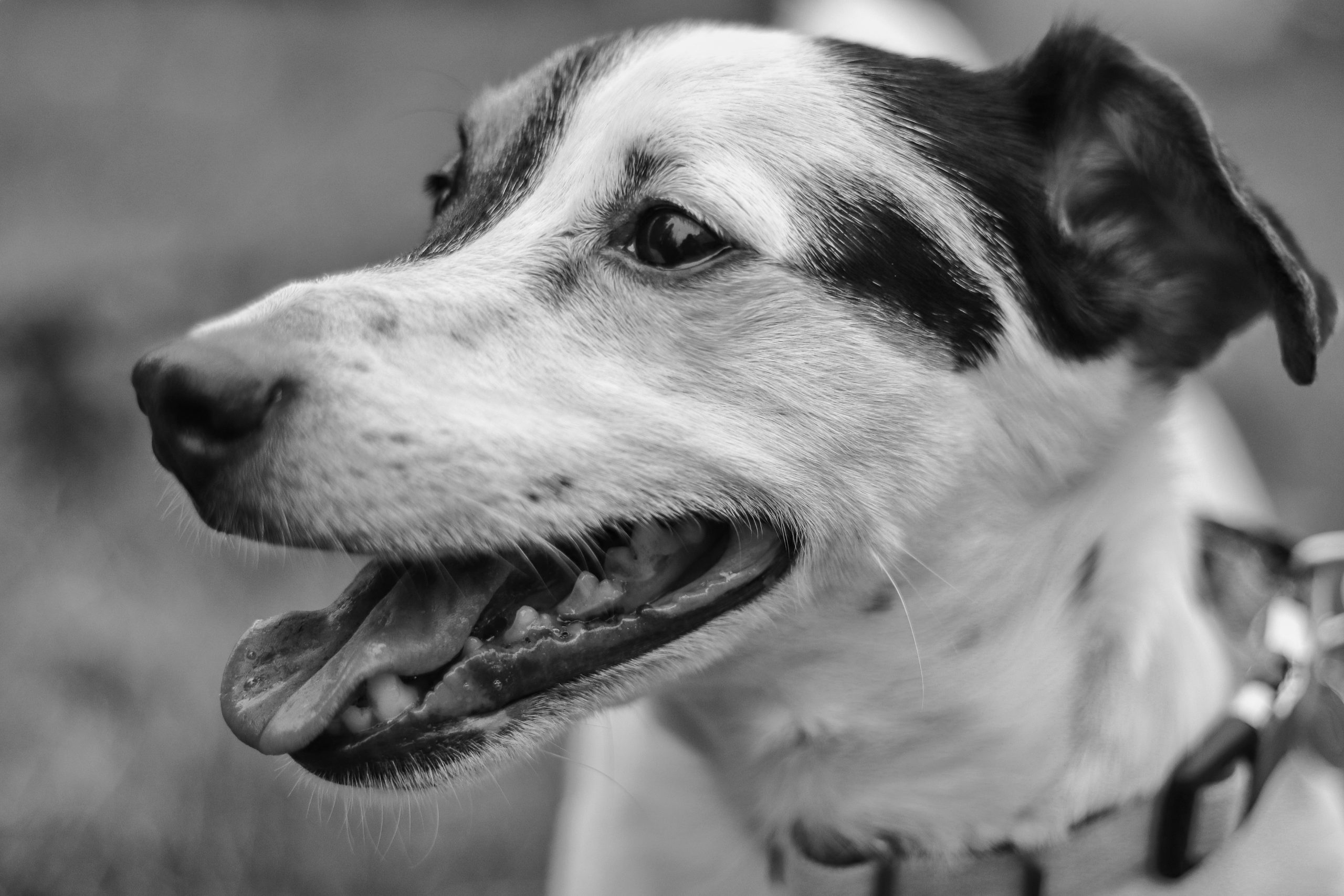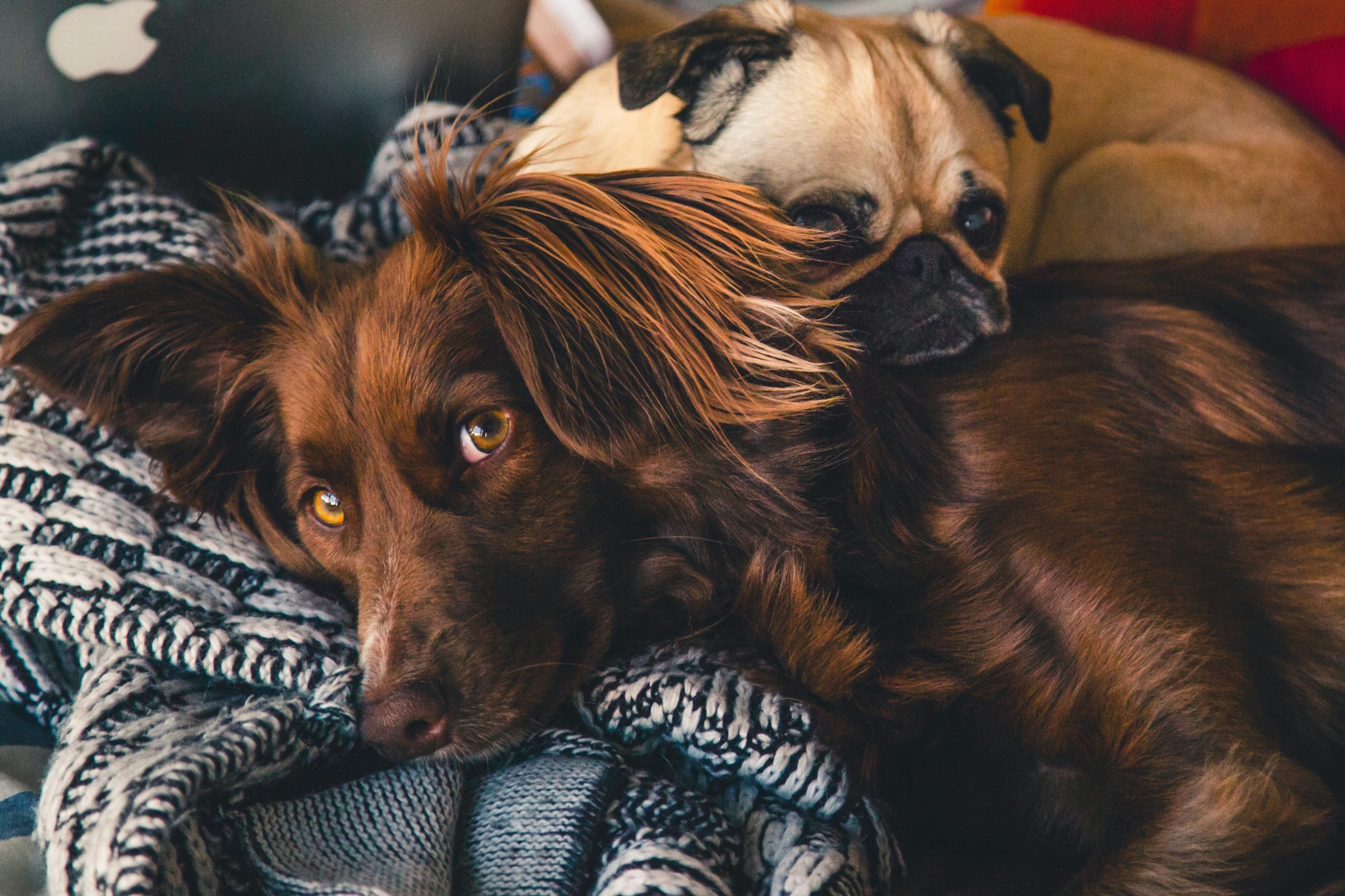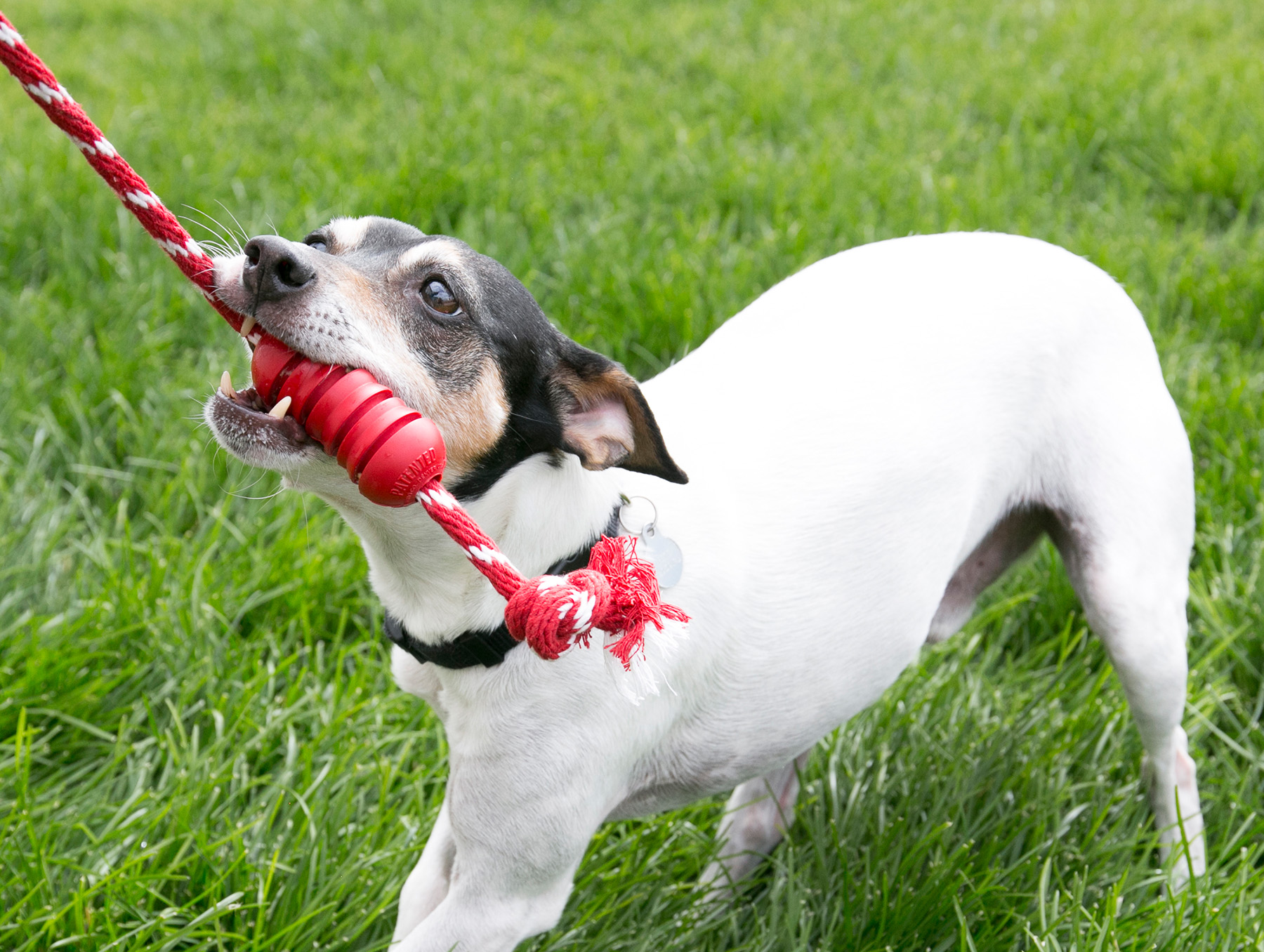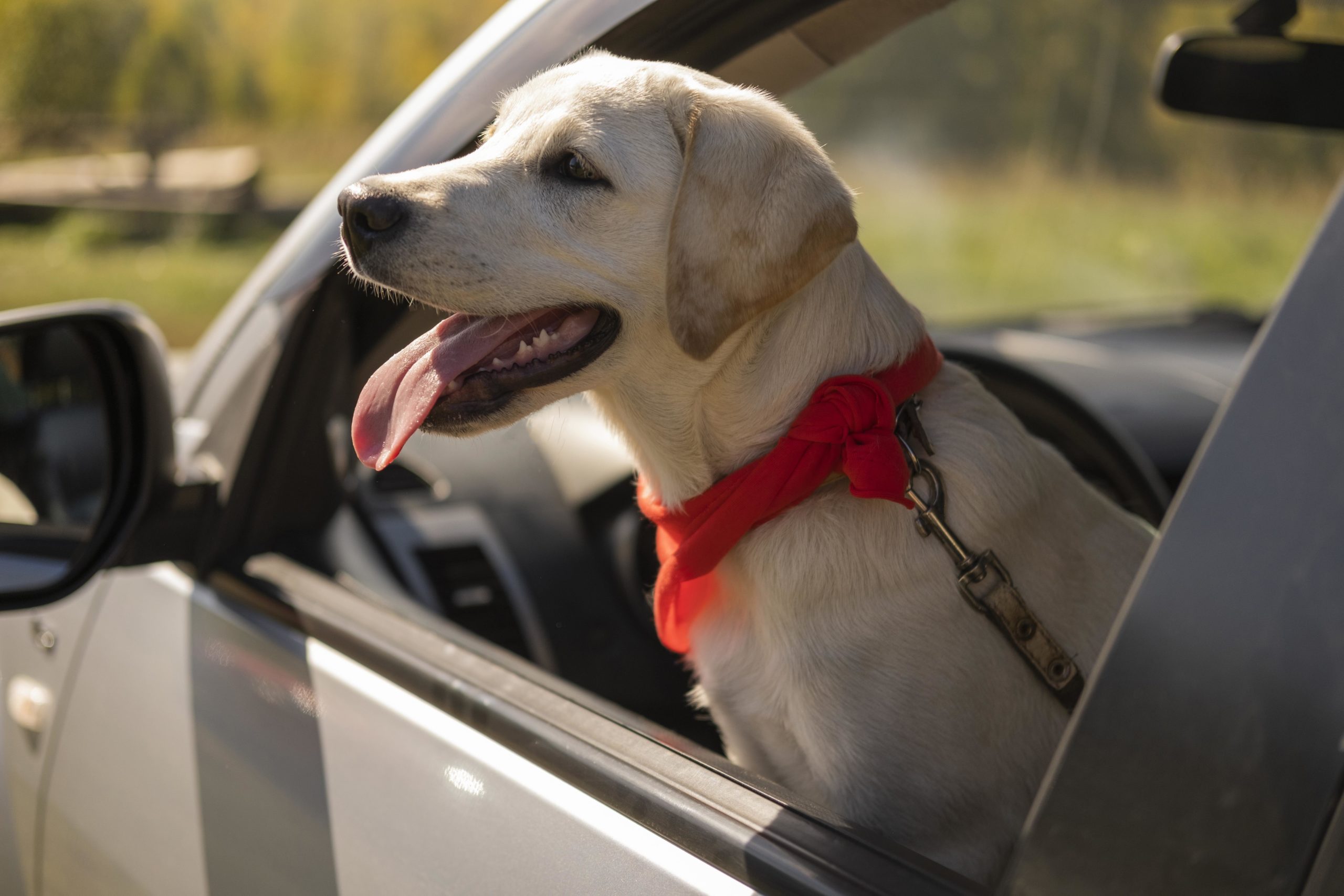Addressing Aggression Between Household Dogs
Dogs are social animals and will establish a social structure when living in a group. This social structure is determined through control of a variety of resources, such as food, toys and attention from people.
This hierarchy can be fluid as some dogs may place a higher value on some resources, such as food, and not be concerned about others. Another dog may have priority access to toys. A stable hierarchy occurs when each individual knows and accepts its particular place regarding valued resources, thus providing a sense of security, comfort and lack of anxiety.
Conflicts arise between household dogs when there is instability in the social structure; for example, when the place of each dog in certain situations is not clear or is under contention. Dogs usually provide plenty of warning signs to each other to avoid fighting and potential injury, such as snarling, growling or snapping.
However, the conflict may sometimes intensify into a full-blown fight, which may result in serious harm to one or both dogs.
Causes of Inter-Dog Aggression
There are many causes of inter-dog aggression.
Sometimes it’s because one dog is maturing and reaching a critical stage of its young life (10 months to 2 years) when it is ‘pushing’ to find its position in the hierarchy.
It can also be caused by a change in the family routine. Perhaps a new dog has moved in, an old dog that was previously the ‘kingpin’ has become frail, a resident dog is re-introduced after an absence or one dog has moved out of the family. Occasionally changes on the human-side of the family are relevant, too.
Aggression between entire (not desexed) male dogs is often caused by sexual maturity and the chaos that’s caused when the boys detect the pheromones of a female in heat. The flush of post-pubescent hormones is the cause and castration often helps to resolve this problem. However, aggression between male and female dogs is also very common.
Inter-dog aggression is often caused by resource-guarding, where one or both dogs regard high-level resources such as bones and rawhide chews as items that need to be protected – sometimes savagely.
Fear and anxiety disorders may also be involved. Some dogs may take toys away from other dogs, insist on being petted first or exercise control over other resources using visual and vocal cues such as mounting, growling, staring, lip licking or rolling over onto the back. However, because of past experiences, inadequate socialisation or genetic tendencies, some dogs may not recognise or misinterpret these signals and escalate them into aggression with very little warning.
While aggression between dogs may be related to the desire to attain higher rank and thus priority access to resources, it is important to rule out medical causes first and look at underlying issues such as fear and anxiety to determine the true cause or causes of the aggression.
Avoid being part of the problem
As much as possible, refrain from interfering in the dogs’ interactions with each other. The social hierarchy of dogs is dynamic and complex, so even attempts to ‘support the dominant dog’ may be counter-productive. Accidentally rewarding one dog or punishing the other can cause the aggression to be more severe and prolonged than it otherwise might be.
The solutions
Where possible, the dogs should be allowed to determine control of resources, such as toys and favourite sleeping places, amongst themselves. However, when serious fighting is involved then you need to step in while you work with your veterinarian on a management plan. The dogs need to be separated to prevent further threats, teases and brawls and resultant punishments from the owner – all of which will keep the pot boiling.
Most importantly, establish yourself as the benevolent leader. Leadership is about establishing clear and consistent rules for behaviour and effectively communicating these by immediately rewarding the correct behaviours and preventing access to or removing the rewards for undesirable behaviours. Think of this as like the role of a parent to a child. Dominance, on the other hand, is about establishing control through force and aggression, which usually leads to passive resistance, or worse, learned helplessness and the requirement of continual pressure and increasing force from the leader.
Practice the ‘Nothing in Life is Free’ approach, which is an easy and non-confrontational way to establish leadership by taking ultimate control of all resources the dogs find valuable. Before you give your dog anything (food, a treat, a walk, a pat on the head) it must first perform one of the commands it has learned e.g. ‘Sit’ or ‘Stay’.
Establish fair rules and enforce them consistently with each dog. You may need to do this individually until you are confident of their responses. Ultimately, this helps all the dogs feel more secure and also reinforces your role as leader. If your position as leader is clear, it will help the dogs sort out their lower places in the social structure more peacefully.
Breaking up a fight
If your dogs are fighting, please be careful. There is always a risk when dogs fight. Injuries not only occur to the dogs, but also to the owners during their attempts to separate the fearsome fighters.
If you need to break up a fight, never attempt to break up a dog fight by grabbing the dogs by their collars or getting any part of you in between them. Touching a dog’s head or neck while they are fighting can result in what is called ‘redirected aggression’, where a dog may bite you because you are in the way. Squirting the dogs with water or making a loud noise to interrupt them may work, but usually only serves as a temporary distraction. The safest method is to grab the dog by the rear end and quickly pull it away.
In the long term, the best thing to do is to contact your vet or a veterinary behaviourist for assistance before the problem escalates and one or more dogs, you, a child, friend or neighbour becomes injured. A full assessment of the situation, environmental management, a behavioural modification plan and medication may be required to resolve or manage the problem.




